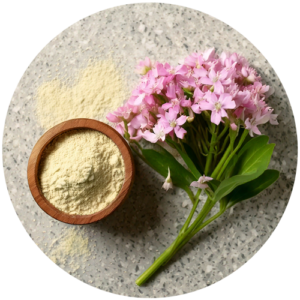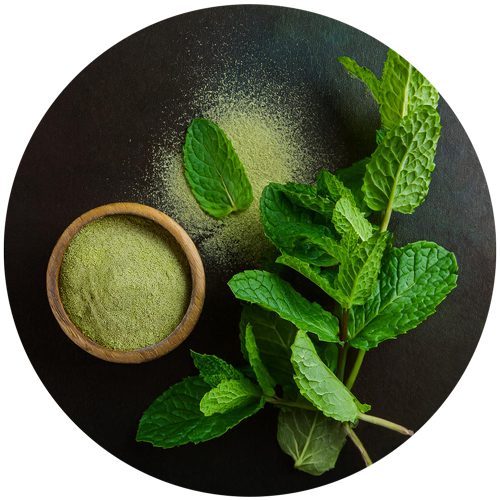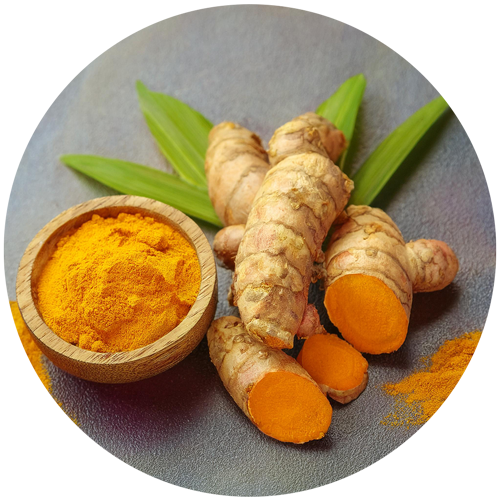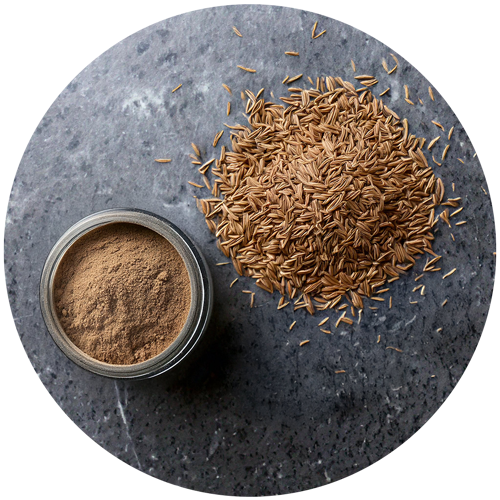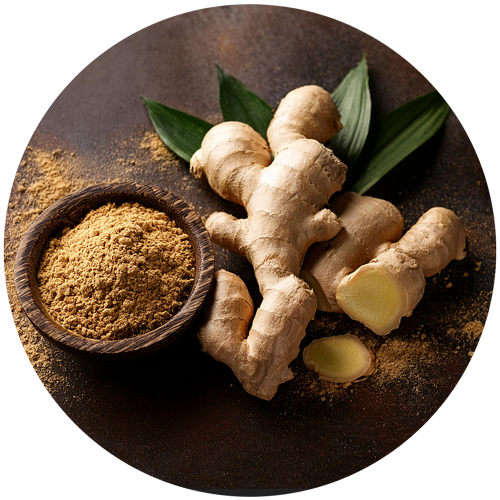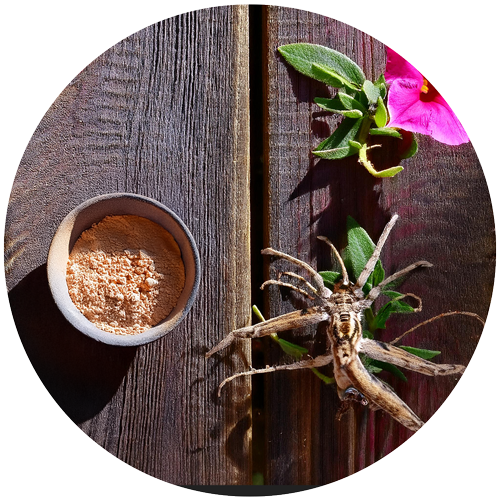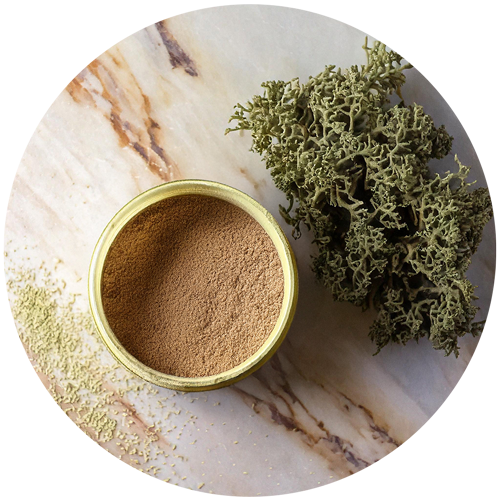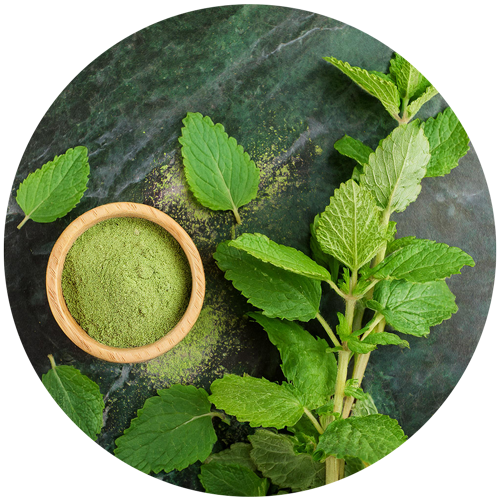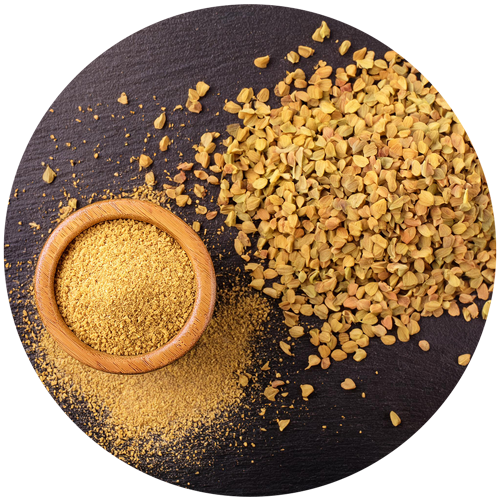Europe
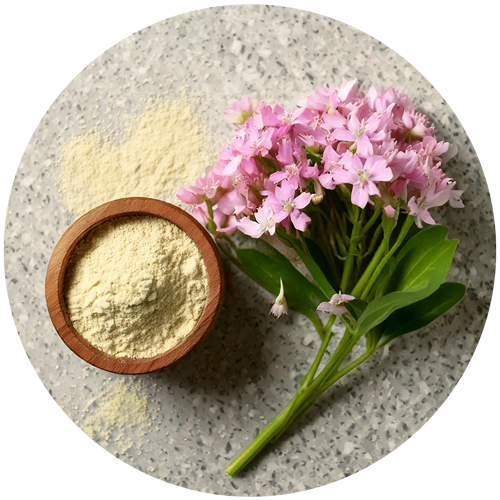

CENTAURY
Centaurium erythraea Rafn. Digestion
Digestion  Appetite
Appetite Centaury, Centaurium erythraea, rich in iridoids and polyphenols, supports digestive comfort, contributes to metabolic balance and protects cells thanks to its antioxidant properties.
Regulations
and analysis
Identification : TLC
Data on traditional use
Cahier de l’agence du Médicament (France) :
- Traditionally used to stimulate the appetite
- Traditionally used to ease weight gain
EMA monograph :
- Traditionally used for gastrointestinal disorders, indigestion and temporary loss of appetite.
German monograph :
- Used for loss of appetite, peptic discomfort
Association ideas by health benefice
Select one or more axes:
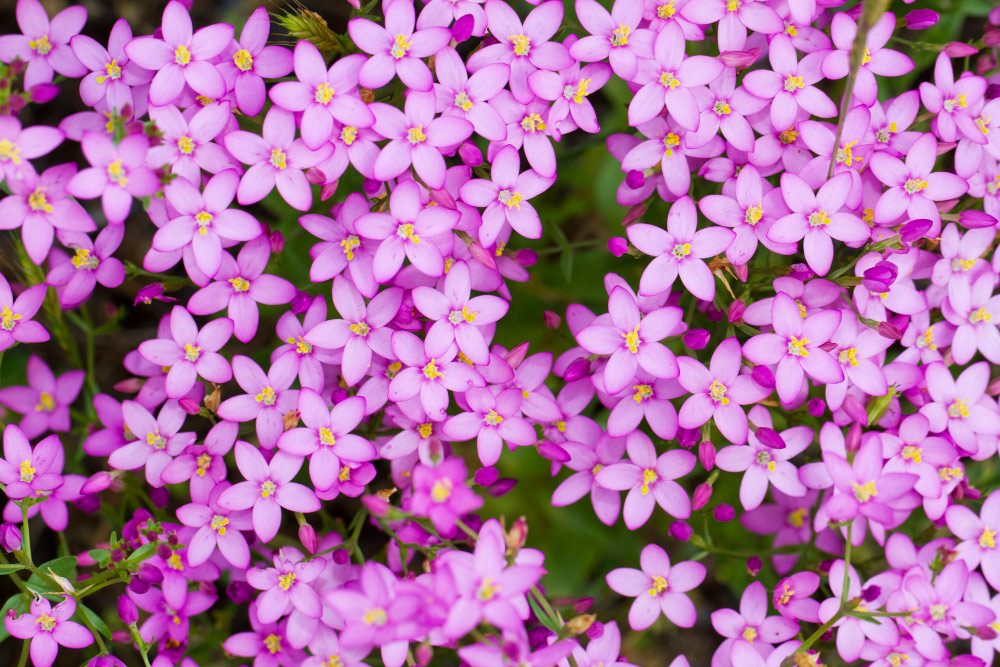
Detailed description
Centaury, Centaurium erythraea, a herbaceous plant in the Gentianaceae family, is widespread in temperate and Mediterranean regions. Its flowering tops have been used for centuries in traditional phytotherapy to support digestive and metabolic well-being.
Centaury buds contain bioactive compounds including iridoids, flavonoids, polyphenols and xanthones. These components help protect cells against free radicals and support natural metabolic regulation mechanisms.
Centaury has traditionally been used to stimulate appetite, support digestive comfort and liver function. Modern studies highlight its antioxidant effects, its potential to improve glycemic and lipid balance, and its soothing and protective properties at cellular level.
